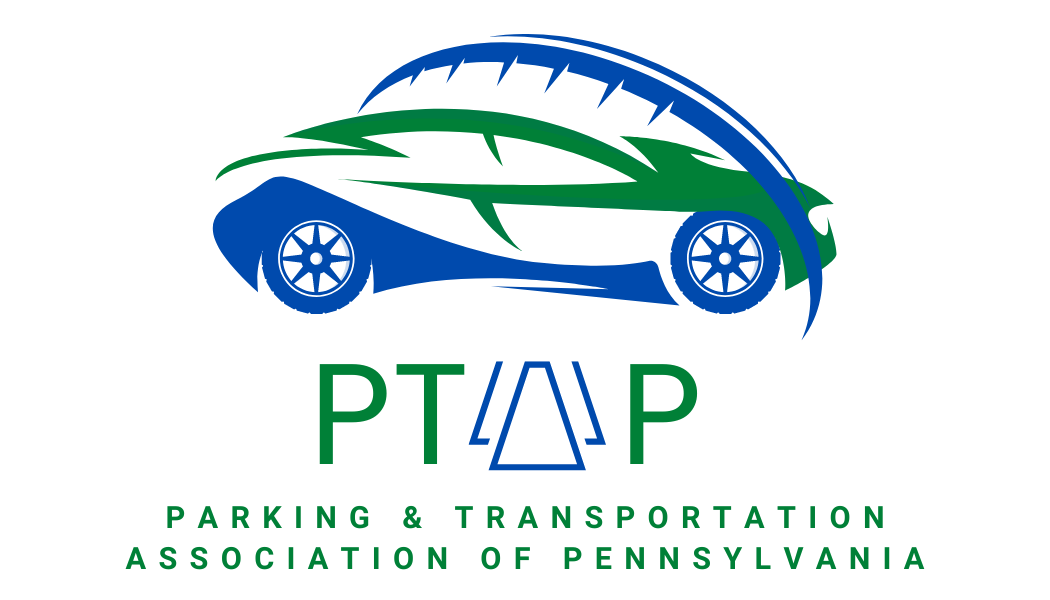Maximizing Infrastructure: The Power of Parking and Transit Partnerships
Building Better Cities: How Parking and Transit are Teaming Up in Bethlehem
By Steve Fernstrom, Executive Director, Bethlehem Parking Authority and AJ Jordan, Director of Planning & Scheduling, Lehigh and Northampton Transportation Authority (LANTA)
In an era where urban congestion and mobility challenges are rising, Bethlehem, PA is setting a powerful example of how collaboration, not competition, between parking authorities and public transit can transform a city.
Breaking the Mold: A New Mobility Conversation
Traditionally, parking and public transit have operated in separate silos, but Bethlehem is flipping that script. Through a partnership between LANTA (Lehigh and Northampton Transportation Authority) and the Bethlehem Parking Authority (BPA), the city is embracing an integrated approach to mobility, addressing the notorious "last mile" problem and fostering a more efficient, walkable urban experience.
The Power of #ParkOnce
The #ParkOnce initiative encourages visitors to park in BPA’s strategically located garages and explore the city via foot, bike, or public transit. This reduces congestion, eases curbside demand, and increases time spent in the city, boosting local business while freeing up valuable on-street parking.
Strategic Parking Placement: Building for Access
A key component of Bethlehem’s success has been the intentional siting of new and existing parking structures directly along transit corridors, especially near LANTA's EBS (Enhanced Bus Service) rapid lines. This creates a true park-and-ride ecosystem where parking becomes a seamless entry point to the broader city experience.
To make these assets intuitive and accessible, wayfinding is prioritized. Garages feature real-time transit signage and directional markers, helping residents and visitors understand exactly how to transfer between modes. Interior and exterior signage is designed not only to guide, but to promote transit use as a preferred option, not just an alternative.
Real Results from Real Events
The success of this model came into full view during major events like MusikFest, one of the largest ungated music festivals in the country, and Christmas in the Christmas City. By connecting underutilized parking assets to LANTA’s rapid bus network, event congestion was reduced, transit ridership increased, and economic opportunities flourished.
Tech, Strategy, and Community Buy-In
Bethlehem’s model isn’t just about buses and garages, it’s about coordination. The city employed:
Seamless curbside integration with real-time signage
Transit stops adjacent to parking garages and parking lots
Strategic marketing via social media and signage
Stakeholder relationships built on data, trust, and shared goals
A Blueprint for Success
This approach is scalable. Whether it's for holiday events, neighborhood connections, or revitalizing legacy infrastructure, Bethlehem’s strategy shows that when cities invest in cross-agency collaboration, the results are safer streets, smarter growth, and more vibrant communities.
Bethlehem is proving that mobility isn’t just about moving cars—it’s about moving people.



